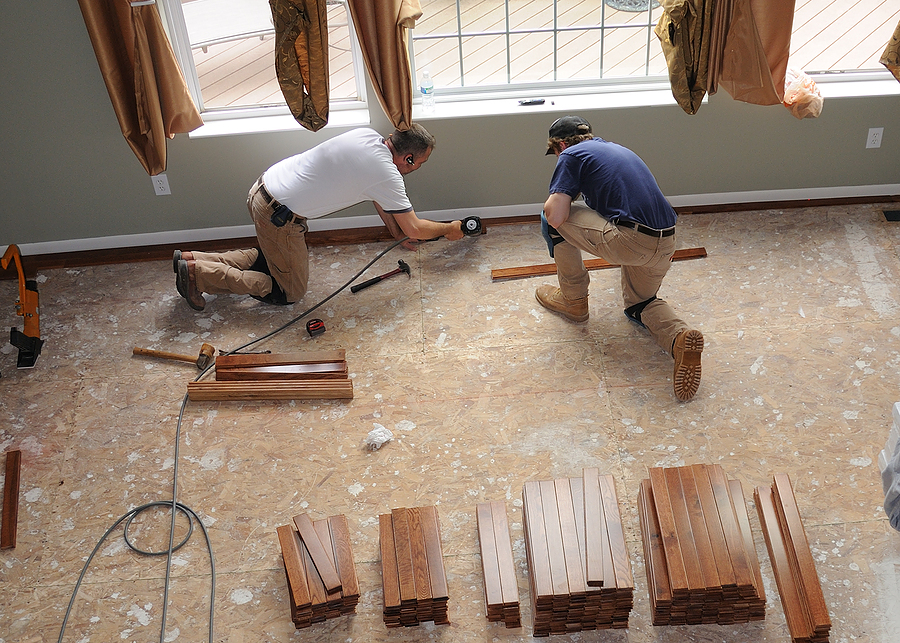
Can’t Find The Perfect Home? Consider These Mortgage Options Built For Renovating A Home
Unfortunately, many homes listed today are in serious need of TLC. They simply don;t have many of the modern amenities that today’s buyers demand.
Properties that have languished in default and foreclosure or are short sale candidates tend to develop can’t miss evidence that pride of ownership moved out a long time ago. Location, location, location may not always be powerful enough to overcome neglected and dated homes long overdue for modernization.
For many buyers, especially first time homebuyers, renovating a home post-closing may seem out of reach because they do not have the liquid assets to do desired renovations. This can obviously have a big influence on a buying decision when the needy property is in the right location for a particular buyer. So just how can a prospective homebuyer make improvements to a property without cash and with little equity?
The answer is this; you can get a mortgage to buy a house and fix it up at the same time using the same loan. Renovation financing otherwise known as FHA 203K and Fannie Mae HomeStyle loans; provide solutions for this stalled market segment. The renovation financing revolution is in full bloom as home buyers are taking properties in need of attention and turning them into dream homes with help from the FHA and Fannie Mae.
My colleague and long-time mortgage guru; Matt Gratalo says “a lot of first time homebuyers are bargain hunting but thin inventory does not give them much opportunity. Renovation financing lets them buy the ugly duckling house at a discount and turn into the neighborhood swan.”
To understand how renovation financing works, a basic tutorial about the valuation mechanics for these loans will be helpful. A traditional, straightforward purchase or refinance mortgage loan relies on the current market value of a property based on an appraisal. Renovation financing considers the purchase or acquisition price supported by an appraisal, then adds in the proposed improvements (using architectural plans and specs and builder costs estimates), and allows the appraiser to make a determination of what the “after improved value” would be. Essentially determining and relying on what the value of the property will be once the improvements are done. The financing is then based on that after improved value.
For example; if the purchase price of a house is $300,000 with improvements estimated to be $100,000 and the appraiser determines the after improved value to be $400,000, then the down payment and mortgage financing will be based on the $400,000 after improved value. For an FHA 203K loan, the down payment can be as little as 3.5% of that $400,000 AIV, for a Fannie Mae HomeStyle loan, the minimum down payment would be 5%. Continue reading > > >
via Forbes

No Comments